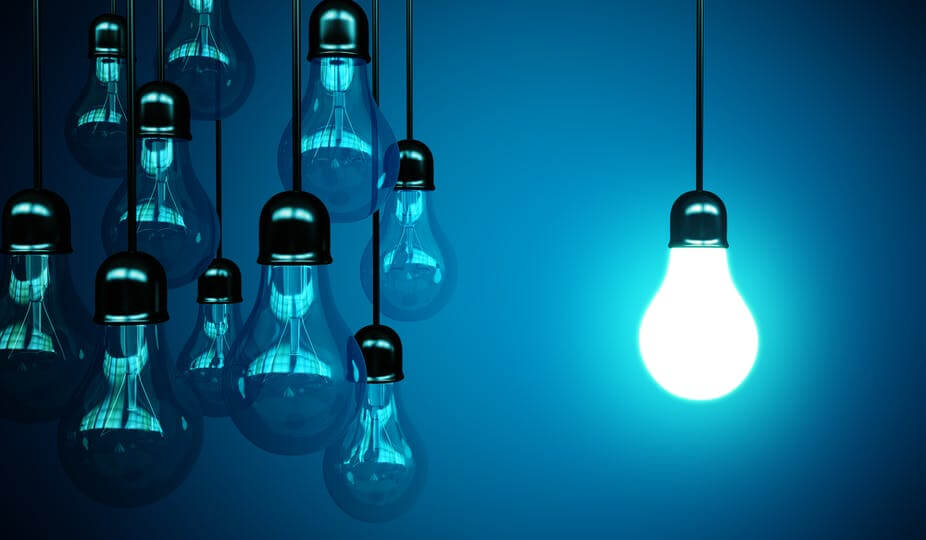Electricity bills are the second largest contributor to the average household energy bill in SA. In June 2019, the average electricity spent per household was $1,766 per annum. The recent lockdowns are also believed to be responsible for the increase in electricity usage in the year 2020. Electricity prices fell by about 50% by the time the pandemic struck.
Many people compare energy plans SA when they’re moving to a new place, or are simply looking for a new plan or new provider to help lower their electricity bills.
However, lowering your bill is not simply about getting lower prices per unit of electricity consumed. To understand how to lower your bill, you must first understand the components of your electricity bill and understand how each one impacts it.
These are:
Billing Period And Days
Bills are usually for 1-2 months periods. The date is not necessarily the first to the 30th of the month, and your billing period starts from the date you sign up for the plan.
Therefore, if you sign up for a new energy plan on the 12th of the month, your billing cycle will be from the 12th to the 11th of next month. The billing days will indicate the number of days the bill covers. For example, a quarterly bill will cover about 91 days.
Tariffs
Tariffs are the most crucial element of the bill, and they indicate how much you are charged per kWh usage. The peak tariff and off-peak tariff are usually different and will be displayed separately.
Usage Chart
Not all providers give these details, but a usage chart is highly useful in identifying the months or days when electricity consumption was high. The chart also compares the usage of the current month to the past six to eight months. The graphical representation makes it easy to interpret and helps spot the months with the most use.
Total Due
The total amount due is the rate multiplied by the usage. The peak and off-peak rates and consumption will be calculated and added, along with any taxes, to give you the total amount due. Any rebates, past balances, and discounts will also be included in the final amount.
Metre Number
Your metre number is the way that the energy retailers identify you. Each metre will have a unique number, and bills are generated using this number. Checking the metre number ensures that there is no mix-up in the bills.
Metre Readings
Some residences have more than one metre, and one is for peak readings and the other for off-peak readings. The bill will indicate the metre readings for all the metres related to your home.
If you have a single metre, the metre number will be displayed twice, once for peak hours and the other for off-peak hours.
National Metre Identifier
This is a unique number linked to your business or home. It is usually eleven digits long and displayed on the first or second page of the electricity bill of that property.
When you use a reliable website to compare energy plans in SA, you will see most of these terms on the website. Only when you understand what they mean to your bill, will you be able to make the right decision and choose the electricity plan that gives you the best chance of lowering your electricity bills.
Follow Home Inside for more!
